Researchers have developed a way of detecting the early onset of deadly infectious diseases using a test so ultrasensitive that it could someday revolutionize medical approaches to epidemics. The test is an electronic sensor contained within a computer chip. It employs nanoballs -- microscopic spherical clumps made of tinier particles of genetic material -- and combines that technology with advanced electronics.
Rutgers researchers have developed a way of detecting the early onset of deadly infectious diseases using a test so ultrasensitive that it could someday revolutionize medical approaches to epidemics., is an electronic sensor contained within a computer chip. It employs nanoballs -- microscopic spherical clumps made of tinier particles of genetic material, each of those with diameters 1,000 times smaller than the width of a human hair -- and combines that technology with advanced electronics.
For the past 20 years, Javanmard has been developing biosensors -- devices that monitor and transmit information about a life process. During the COVID-19 pandemic, he became disheartened about the extent of infections and the extreme loss of life. He believed there had to be a way of using biosensors as a test to detect illness earlier.
"We thought: How is there a way where we can leverage our individual expertise to build something new?" Javanmard said. "Our method involves taking the viral nucleic acid material and rolling it up into a ball of DNA that is large enough to be detected by a cell measurement device known as an electronic cytometer," Javanmard said."As a result, we can flag the infection at its earliest stages when the concentration is still very low."
United States Latest News, United States Headlines
Similar News:You can also read news stories similar to this one that we have collected from other news sources.
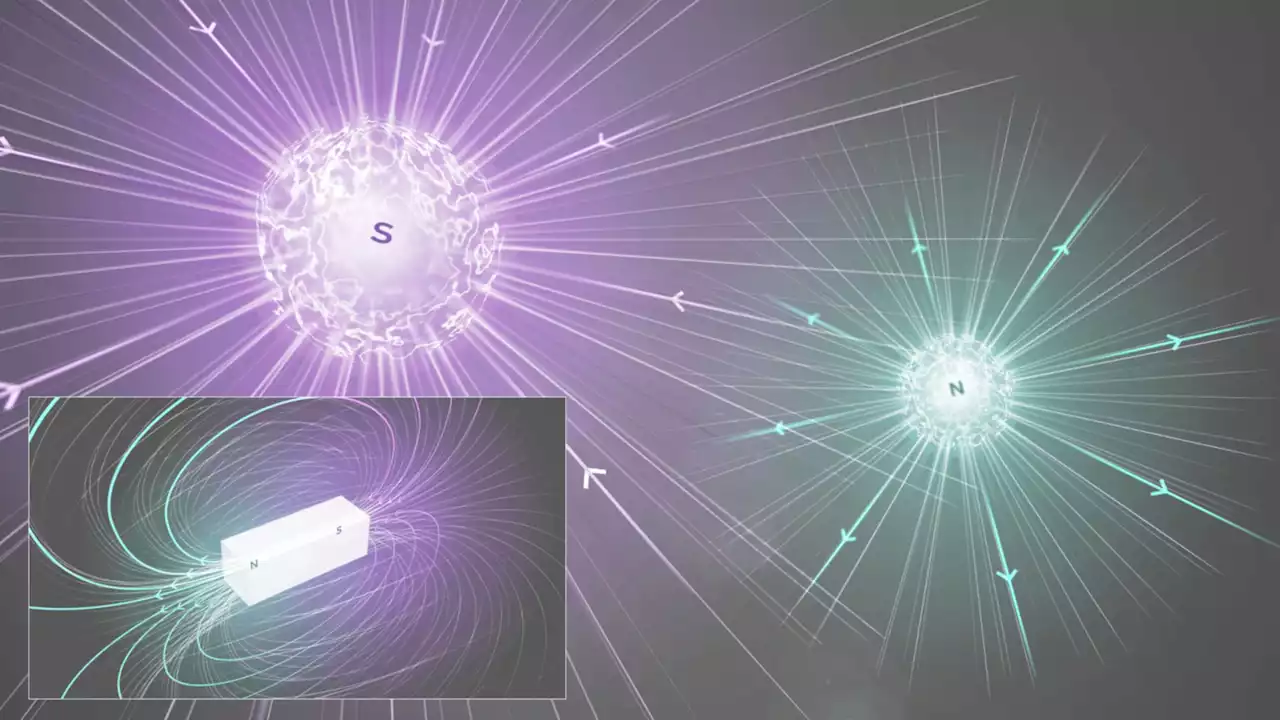 CERN researchers continue to look for elusive monopolesMagnetic monopoles are consistent with quantum mechanics and are called 'as one of the safest bets that one can make about physics not yet seen.”
CERN researchers continue to look for elusive monopolesMagnetic monopoles are consistent with quantum mechanics and are called 'as one of the safest bets that one can make about physics not yet seen.”
Read more »
 In major breakthrough, researchers close in on potential preeclampsia cureResearchers have achieved a significant breakthrough in identifying the primary cause and potential treatment for preeclampsia, a severe pregnancy complication. Experts pinpointed a toxic protein named cis P-tau in the blood and placenta of individuals with preeclampsia. The study describes cis P-tau as a pivotal circulating instigator of preeclampsia. An antibody developed in 2012 to target only the toxic protein while leaving its healthy counterpart unscathed is currently undergoing clinical trials in human patients suffering from traumatic brain injury and Alzheimer's Disease. The antibody has shown promising results in animal models and human cell cultures in treating the brain conditions. Upon testing this antibody in mice, the researchers found the all symptoms associated with preeclampsia were corrected.
In major breakthrough, researchers close in on potential preeclampsia cureResearchers have achieved a significant breakthrough in identifying the primary cause and potential treatment for preeclampsia, a severe pregnancy complication. Experts pinpointed a toxic protein named cis P-tau in the blood and placenta of individuals with preeclampsia. The study describes cis P-tau as a pivotal circulating instigator of preeclampsia. An antibody developed in 2012 to target only the toxic protein while leaving its healthy counterpart unscathed is currently undergoing clinical trials in human patients suffering from traumatic brain injury and Alzheimer's Disease. The antibody has shown promising results in animal models and human cell cultures in treating the brain conditions. Upon testing this antibody in mice, the researchers found the all symptoms associated with preeclampsia were corrected.
Read more »
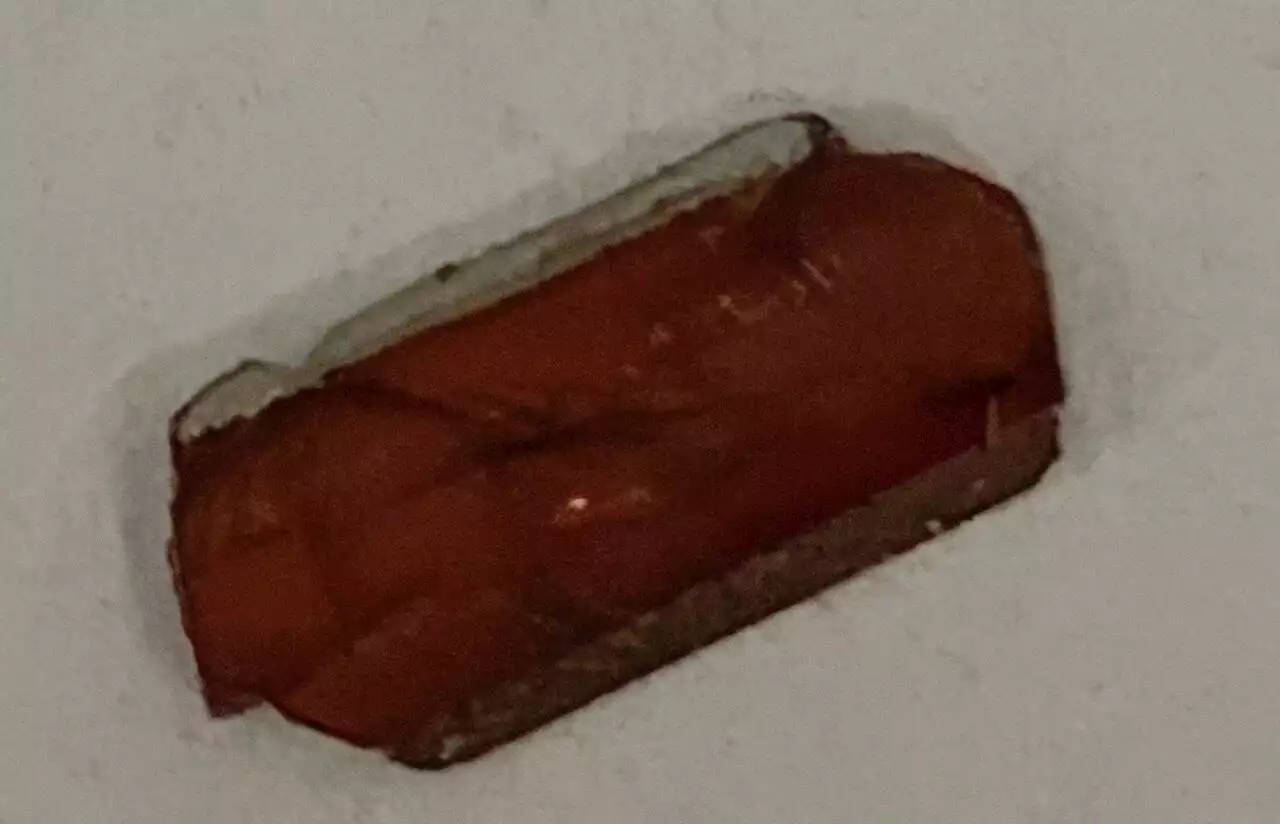 Researchers uncover unconventional charge carriers in a triangular-lattice Mott insulatorMott insulators are a peculiar class of materials with structures that should theoretically conduct electricity, but that are instead insulators. These materials contain strongly correlated electrons, which can generate highly entangled many-body states marked by unconventional excitations.
Researchers uncover unconventional charge carriers in a triangular-lattice Mott insulatorMott insulators are a peculiar class of materials with structures that should theoretically conduct electricity, but that are instead insulators. These materials contain strongly correlated electrons, which can generate highly entangled many-body states marked by unconventional excitations.
Read more »
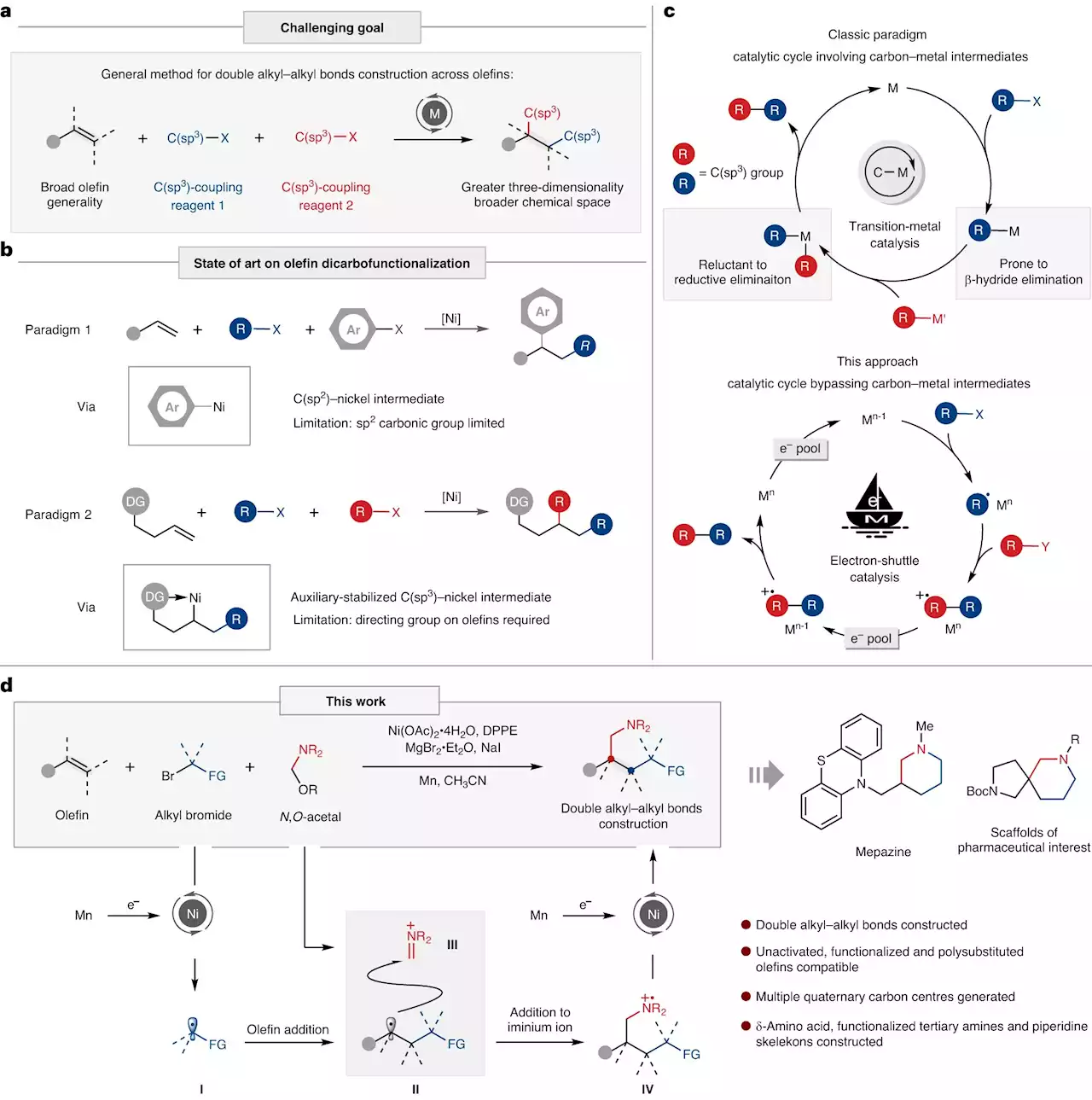 Researchers propose novel paradigm of metal electron-shuttle catalysisProfessor Huang Hanmin's research team from the University of Science and Technology of China (USTC) of the Chinese Academy of Sciences (CAS) proposed a new paradigm of metal electron-shuttle catalysis, which has been pioneeringly employed to achieve alkylative aminomethylation of unactivated alkene for the first time. Their work was published in Nature Catalysis on August 21.
Researchers propose novel paradigm of metal electron-shuttle catalysisProfessor Huang Hanmin's research team from the University of Science and Technology of China (USTC) of the Chinese Academy of Sciences (CAS) proposed a new paradigm of metal electron-shuttle catalysis, which has been pioneeringly employed to achieve alkylative aminomethylation of unactivated alkene for the first time. Their work was published in Nature Catalysis on August 21.
Read more »
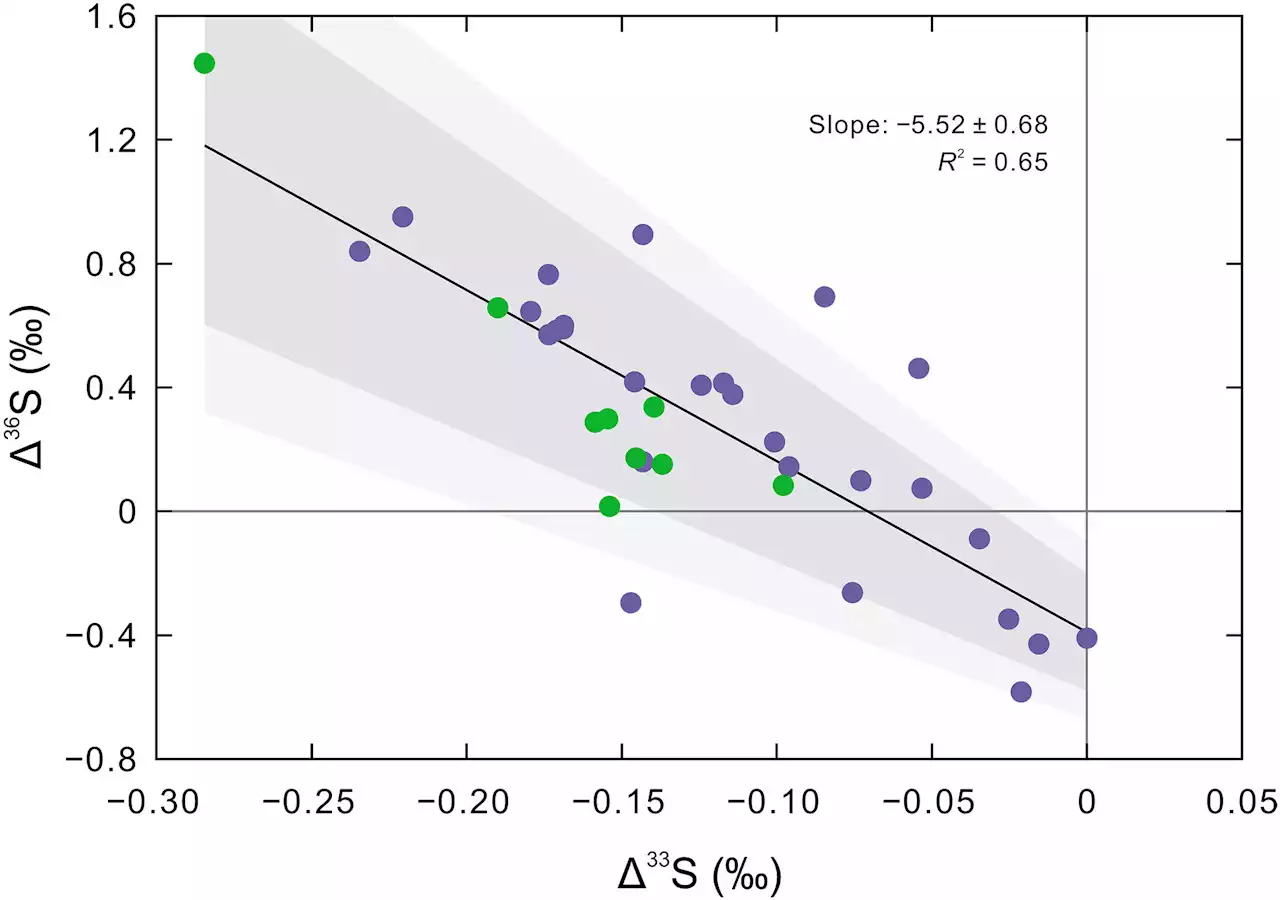 Researchers illuminate 'Snowball Earth' melting and early life evolutionA research team led by Prof. Shen Yan'an from the University of Science and Technology of China (USTC) of the Chinese Academy of Sciences (CAS) conducted a systematic study of the interglacial stratigraphy in South China by means of high-precision sulfur and mercury isotope analyses.
Researchers illuminate 'Snowball Earth' melting and early life evolutionA research team led by Prof. Shen Yan'an from the University of Science and Technology of China (USTC) of the Chinese Academy of Sciences (CAS) conducted a systematic study of the interglacial stratigraphy in South China by means of high-precision sulfur and mercury isotope analyses.
Read more »
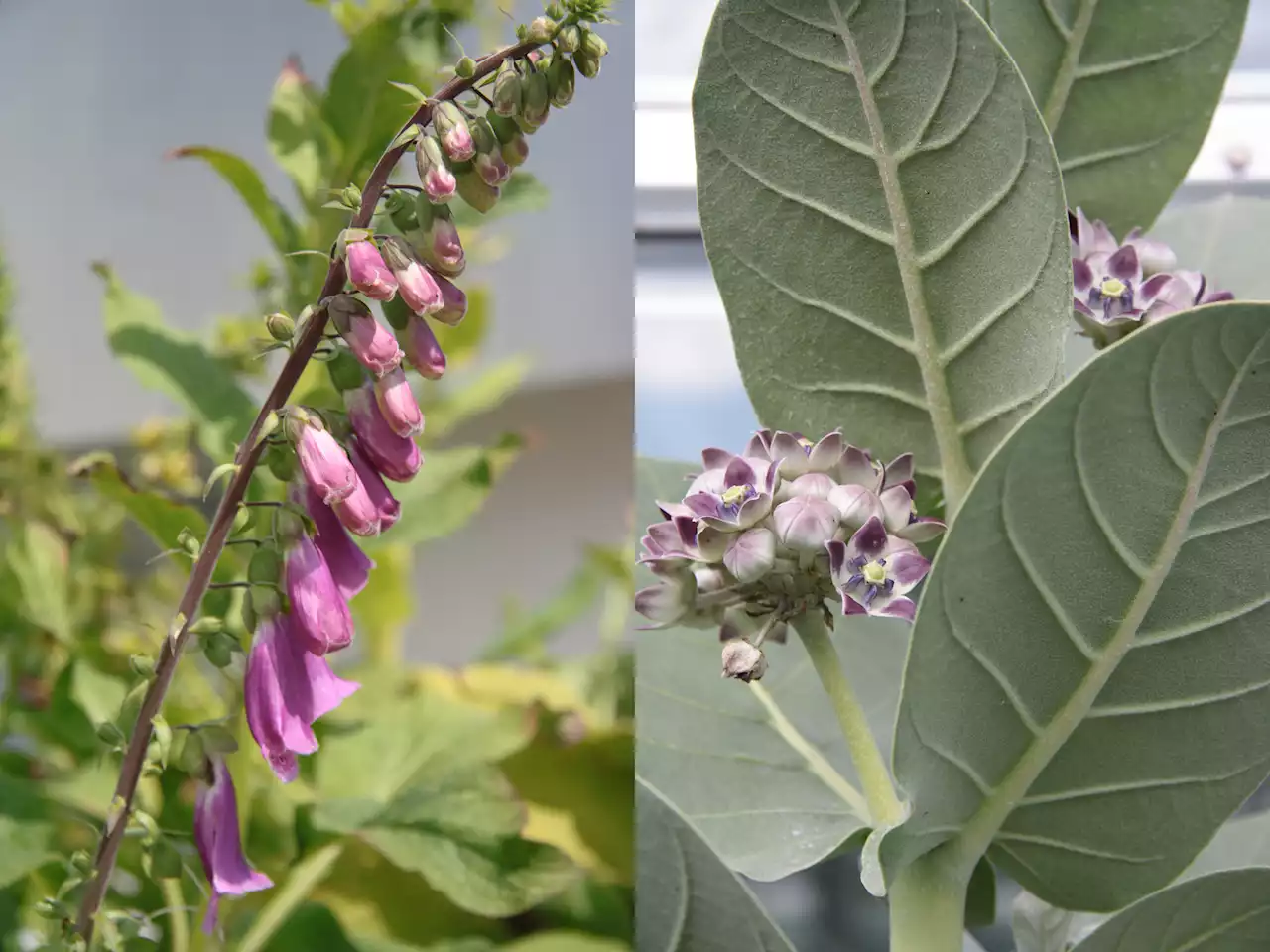 Researchers study the formation of cardenolides in plantsScientists at the Max Planck Institute for Chemical Ecology in Jena are investigating the previously largely unknown biosynthetic pathway that leads to the formation of cardenolides in plants.
Researchers study the formation of cardenolides in plantsScientists at the Max Planck Institute for Chemical Ecology in Jena are investigating the previously largely unknown biosynthetic pathway that leads to the formation of cardenolides in plants.
Read more »
